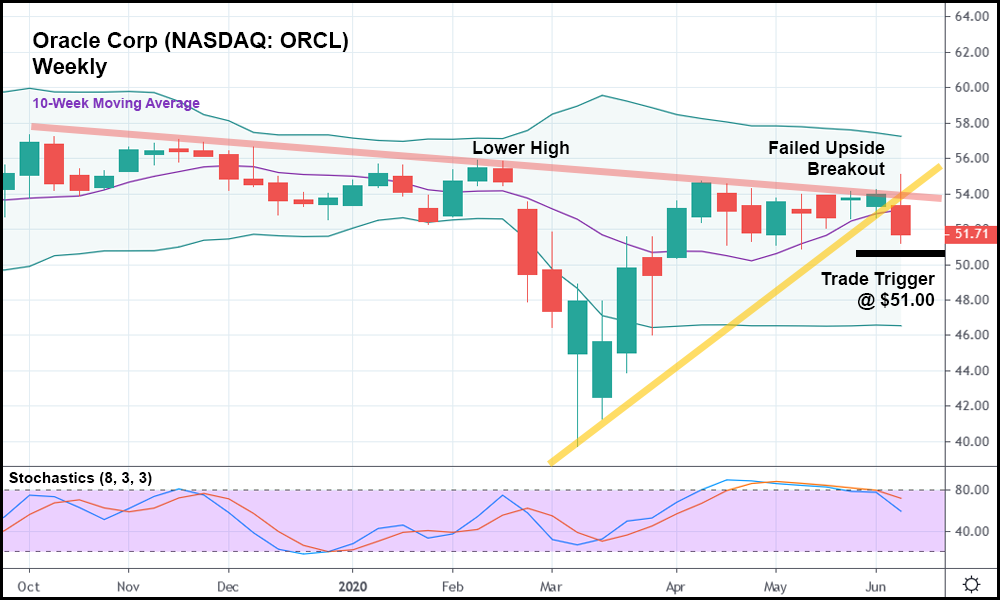After starting out strong, stocks finished out the week with a whimper. Equities got crushed in a Thursday rout only to barely reclaim lost ground on Friday.
“Second wave” coronavirus fears initially sent stocks lower, but now, a realization that the rally went too far is keeping bulls at bay. Texas, Arizona, and California reported an uptick in cases following their respective economic reopenings.
In order for stocks to continue rising, everything had to go perfectly.
Instead, doubt has crept into the market, and if investors get spooked again, the selling could get even worse.
“Given the magnitude of the rally, it would shock me if we had a one-day sell-off and that’s it,” said Morgan Stanley Investment Management’s Andrew Slimmon.
“The stocks that are up the most from the lows are still the risk-on, high beta, value, small-cap stocks. They’re still the big winners and I would suspect that there’s more pain to come near-term before the market clears out kind of this excessive speculation that we’ve seen recently.”
The “excessive speculation” has kept airline and cruise stocks afloat despite dismal revenue projections.
American Airlines (NASDAQ: AAL) just revealed that second-quarter revenues are expected to drop by 90%. Instead of plunging, AAL shares surged on the news, trading as much as 20% higher on the day at one point.
CNBC’s Jim Cramer believes the speculative blitz could stem from a scheme perpetrated by nefarious Wall Street firms.
“Look, here’s what they do, they buy in the early morning and then they flip it to Robin Hood types when the market opens and they make money. It’s a game..” tweeted Cramer, noting Wall Street’s potentially parasitic relationship with young, inexperienced investors.
“Pick a couple of stocks, you gun them in the morning, and then you hope people are stupid enough and they buy them,” he said.
Cramer explained his hypothesis further on “Squawk on the Street.”
“If people wanted these stocks, there would be plenty of supply if they would just wait until 9:30 a.m.,” he argued.
“But no, they’re fomenting action. Once you foment action, it brings in suckers, and then maybe they’ll buy the stock thinking that there’s something going on.”
Eventually, the “hijinks” will end, says Cramer. And when they do, retail investors could pay dearly for it in another wave of market-wide sell-offs.
Tech, in particular, seems ripe for another plunge, fundamentally strong as the sector may be. Almost every other group of stocks has endured a major drop.
Not Big Tech, though.
And one specific company – Oracle Corp. (NASDAQ: ORCL) – could lead the way down.

In the weekly (not daily) candlestick chart above, you can see that ORCL, despite rallying after the Covid-19 crash, has been locked in a steady downtrend since October 2019.
The stock set multiple lower highs and even failed to breakout (to the upside) this week.
Now, ORCL’s completed a breakout in the other direction, past its minor bullish trend (represented with the trendline in yellow). The stock also closed below its 10-week moving average – an important technical indicator.
Should ORCL trade below this week’s low, it might make sense to take the stock short with a trade trigger of $51.00.
Not even the post-crash comeback could lift ORCL out of its downtrend. A correction in the general market, which seems to be coming, will only make things worse.
For short-term traders, that’s a huge opportunity to go short on a stock with an otherwise impressive history for long-term performance.








